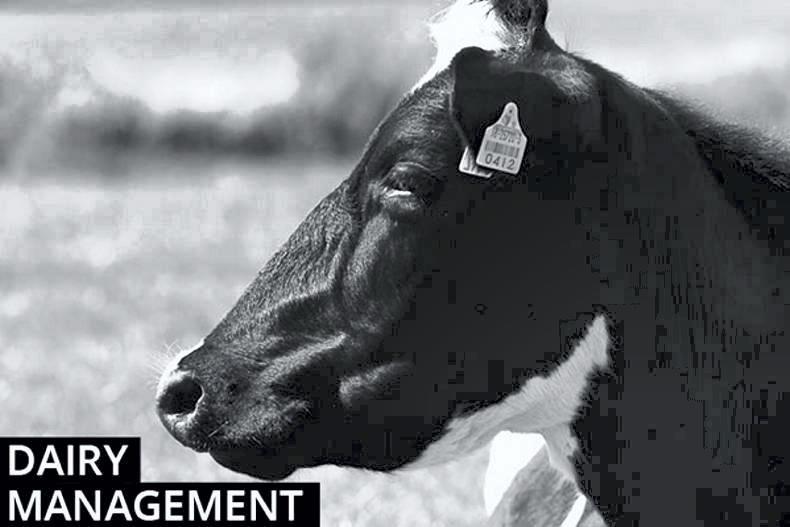To build up grass covers, the whole farm should be available for grazing. However, with a mixed forecast and lots of scattered showers expected, getting surplus grass cut and baled is proving to be a challenge.
Some farmers are asking if they should take a chance and cut anyway, regardless of the weather, as they are afraid that by not cutting they will run out of grass.
The urgency at which you need to cut surplus paddocks depends on three things; current amount of grass, growth rate and grass demand.
Average farm cover
The average farm cover will tell you how much grass you have at the moment. At this time of year, I like to look at it in terms of cover per cow or cover per livestock unit.
The target is to be between 170kg and 180kg/cow.
Growth rate is how much grass is being grown per day (kg DM/ha). It is worked out by the difference in farm cover on paddocks over time.
This should be looked at alongside grass demand, as this tells you how much grass is being consumed by stock per day.
Demand
Demand is worked out from stocking rate and expected grass intake. If stocking rate is 3 cows/ha and they are eating 17kg/cow/day, then demand is 51kg/day.
Armed with this information, you can make a judgement about what is the best thing to do.
If farm cover is low and growth is less than demand, then you need to reduce stocking rate, so you should be aiming to cut any surplus as soon as possible.
On the other hand, if average farm cover is high, then you can afford to let it drop a bit before getting worried.
What if growth is higher than demand
If growth is higher than demand and if average farm cover is high, then you can afford to leave the surplus paddocks for a bit longer and perhaps take out more surplus if pre-grazing yield is too high.
If you don’t measure grass, walk the whole farm and rank paddocks in terms of grass covers.
If the paddock with the most grass is too strong, then you know you are in surplus and can afford to skip over a few paddocks.
Tedding silage will speed up the drying process, but you will still need 24 hours of good drying to increase dry matter content.
Read more
Dairy management: fertiliser use in the autumn
Greenfield update: think about culling and bulling
To build up grass covers, the whole farm should be available for grazing. However, with a mixed forecast and lots of scattered showers expected, getting surplus grass cut and baled is proving to be a challenge.
Some farmers are asking if they should take a chance and cut anyway, regardless of the weather, as they are afraid that by not cutting they will run out of grass.
The urgency at which you need to cut surplus paddocks depends on three things; current amount of grass, growth rate and grass demand.
Average farm cover
The average farm cover will tell you how much grass you have at the moment. At this time of year, I like to look at it in terms of cover per cow or cover per livestock unit.
The target is to be between 170kg and 180kg/cow.
Growth rate is how much grass is being grown per day (kg DM/ha). It is worked out by the difference in farm cover on paddocks over time.
This should be looked at alongside grass demand, as this tells you how much grass is being consumed by stock per day.
Demand
Demand is worked out from stocking rate and expected grass intake. If stocking rate is 3 cows/ha and they are eating 17kg/cow/day, then demand is 51kg/day.
Armed with this information, you can make a judgement about what is the best thing to do.
If farm cover is low and growth is less than demand, then you need to reduce stocking rate, so you should be aiming to cut any surplus as soon as possible.
On the other hand, if average farm cover is high, then you can afford to let it drop a bit before getting worried.
What if growth is higher than demand
If growth is higher than demand and if average farm cover is high, then you can afford to leave the surplus paddocks for a bit longer and perhaps take out more surplus if pre-grazing yield is too high.
If you don’t measure grass, walk the whole farm and rank paddocks in terms of grass covers.
If the paddock with the most grass is too strong, then you know you are in surplus and can afford to skip over a few paddocks.
Tedding silage will speed up the drying process, but you will still need 24 hours of good drying to increase dry matter content.
Read more
Dairy management: fertiliser use in the autumn
Greenfield update: think about culling and bulling






 This is a subscriber-only article
This is a subscriber-only article





SHARING OPTIONS: